|
George Howard Herbig (1920--2013)
George Herbig was an extraordinarily careful observer, with a deep understanding of what occurred inside the instruments he was using. Herbig nearly single-handedly built the foundation for the observational study of infant stars. Almost all papers published today on young stars rest in some way on results established by Herbig. Herbig ultimately succeeded in establishing the foundations for the modern view of early stellar evolution, in addition defining our understanding of phenomena such as Herbig Ae/Be stars, variable and exotic stars (e.g. FUors, EXors) and clustered star formation. Herbig lived at the summit of Mount Hamilton for almost 20 years and was involved with the observatory, with only brief absences, for 44 years. Between 1970 and 1971, Herbig served as Director of Lick Observatory during a difficult transition period. Upon retirement from UC in 1987, Herbig moved to IfA Hawai'i where he dedicated a further 25 years of his life to research. George Herbig was born on Wheeling Island in West Virginia. His father was an immigrant from West Prussia (now Poland), who met George's mother in Ohio. George was 6 years old when his father died due to peritonitis. George and his mother moved to California where, with George aged just 18, his mother died of a cardiac arrest. As a young man, George had become involved with both the Los Angeles Amateur Astronomical Association and Griffith Obeservatory. He entered UCLA in 1939, and upon graduation, Herbig developed technology for the separation of uranium isotopes at Berkeley Radiation Laboratory. Herbig's first stint on Mount Hamilton was between 1943 and 1946 as an assistant during which he took spectra of various variable star types (e.g. T-Tauri stars and novae). After his UCB Ph.D. and some time at McDonald Observatory, Texas and Mount Wilson, Herbig returned to Lick as a staff astronomer in 1949, continuing his studies of variable stars with the Crossley telescope, with which he independently co-discovered the first Herbig-Haro objects - bright patches of nebulosity excited by bipolar outflow, essentially stellar systems in formation. In addition to his expertise on variable, exotic and young stars, Herbig was an international authority on the Interstellar Medium (ISM), in particular the ubiquotous and enigmatic Diffuse Interstellar Bands (DIBs) discovered by Mary Lea Heger at Lick in 1919. Observed within our Galaxy, the Megallanic clouds and on cosmological scales, DIBs remain a substantial field of research. Nevertheless, DIBs remain mysterious: not a single feature has been identified with laboratory spectra. Identifying the DIB carriers has been called 'the longest-standing mystery in all of spectroscopy'. In a series of nine influential papers written throughout his career, Herbig documented progress in the field. Herbig also had a pedigree in instrument design and construction. Among others, he advocated for the Shane Coude focal station and designed and built its superb spectrograph. Herbig also saw the installation of the Coude Auxilary Telescope (instigated by G. Preston) to completion. The first spectrum recorded by the Shane telescope was obtained by Herbig on the night of October 22/23, 1959. Herbig is also indirectly responsible for the selection of the Apollo 15 landing site: his Shane telescope photograph of Hadley Rille was credited as one of the finest ever taken pre-Apollo and elevated mission planners interest in visiting this geologically diverse site. An in-depth biography of George Herbig, written by Bo Reipurth of the Institute for Astronomy, Hawai'i can be found at the following URL: http://ifa.hawaii.edu/SP1. |
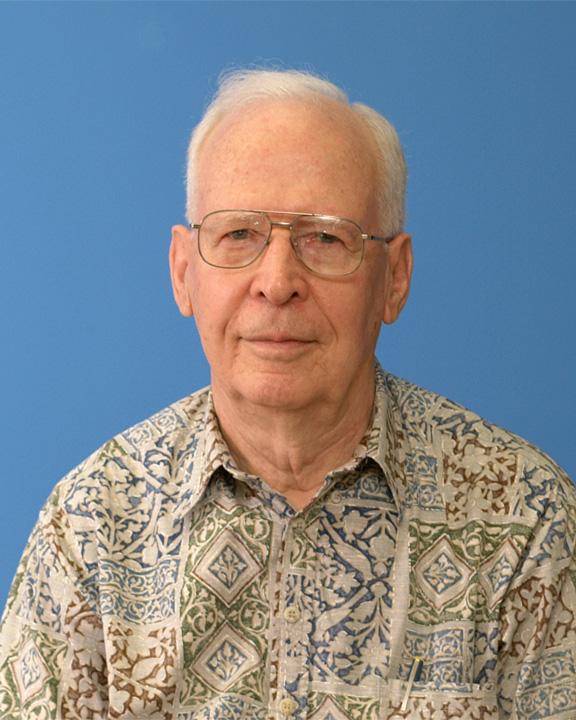
|
|
Virginia Trimble Virginia Trimble is Professor of Physics and Astronomy at UC Irvine and the oldest member of the department still on active duty. Virginia sponsored the Observational Astronomy Workshops in: 2013 & 2014 (in honor of Mary Lea & C. Donald Shane); 2015 (in honor of Rudolph L. Minkowski) and 2016 (in honor of George H. Herbig). Virginia is a graduate of Hollywood High School, UCLA, and Caltech (PhD 1968) and holds an honorary M.A. degree from the University of Cambridge (UK) and dottora honoris causa from the University of Valencia (Spain). She has been involved in governance in AAS, APS, IAU, IUPAP, PBK, Sigma Xi, ASP and some other organizations and is currently interested in the structure and evolution of stars, galaxies, and the universe, and of the communities of scientists who study them. Since the 1960s, as the spouse of gravitational wave astronomy pioneer Joseph Weber, Virginia has been integral to the development and fruition of this major new field, as acknowleged during the 2016-02-11 NSF press conference announcing the first direct detection of gravitational waves by the LIGO instrument. |
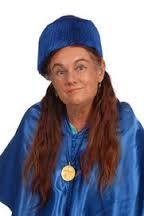
|
|
Elinor Gates Elinor is a staff astronomer at Lick Observatory specializing in laser guide star adaptive optics and near infrared camera instrumentation and observations. She received her Ph.D. in Physics/Astronomy from the University of New Mexico in 1998. Her current research interests are studying quasars and their host galaxies. |
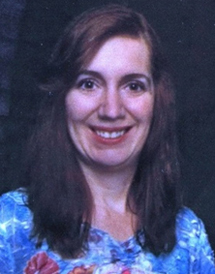
|
|
Paul Lynam Paul is a staff astronomer at Lick Observatory. An amateur astronomer since childhood, after UK-based undergraduate studies, master's research and a Ph.D. in astrophysics (2000), he spent three years at the Max-Planck-Institute for Extraterrestrial Physics (MPE, Germany). Having attended research observatories worldwide, he then joined the European Southern Observatory (ESO, Germany) and two years later, relocated to Chile, supporting operations of the Very Large Telescope (VLT). He continued as a VLT operations astronomer until late 2010. His research includes giant galaxies, clusters of galaxies, large-scale structure and "cosmic flows." |
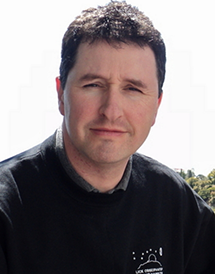
|
|
Patrick Maloney Pat Maloney has been actively involved with Astronomy since he ground an 8-inch mirror and built his first telescope as a high school freshman. He has operated telescopes for public viewing programs at various colleges and universities. He currently teaches astronomy labs at Santa Clara University. For many years, Pat has also operated the 36-inch and 40-inch telescopes for Lick Observatory’s summer evening programs. |
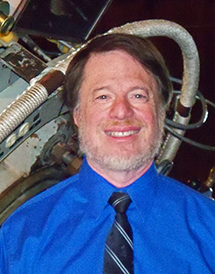
|